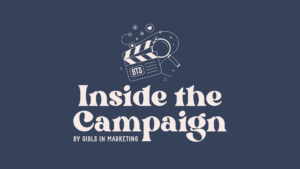As people spend an increasing amount of time and content consumption continues to soar, user generated content (UGC) is something we’re seeing more and more of.
Many brands have taken the step to incorporate UGC into their marketing strategy as it’s become one of the best trends to focus on with benefits for a brand and its customers. But what is UGC and why is it so important? We’re here to answer those questions for you and show you some great examples of UGC.
What is UGC?
As the name suggests, UGC is original, brand specific content created by customers and posted online.
From posting that brand new pair of trainers on your story to sharing your skincare favourites online, these are all examples of UGC which can come in various forms including:
- Images shared on social media
- Unboxing videos
- Testimonials
- Blog posts
- How-to videos
- Written reviews
Unlike influencer marketing, UGC is unsponsored and unpaid with no prior engagement from or agreement with a brand. At its best, UGC is honest and unfiltered. A smart social team knows just how valuable user generated content is and will keep an eye out for any killer content that could be reposted on social platforms.
A great place to look for image-based examples of user generated content is Instagram, where brands like ASOS often repost customer shots. And with 72% of consumers stating that real customer photos and videos are the content they want to see, this is definitely a clever move for online brands.
Why is it important?
UGC is important for brands because of its power when it comes to impacting consumer purchase decisions. Consumers find UGC to be more authentic and therefore trustworthy as it’s created by people like them who they can relate to. For brands, UGC is a great tactic to build brand loyalty and community as it makes customers feel involved and know that their opinions matter.
The success of UGC shows just how effective interactive marketing can be for brands wishing to grow brand awareness and audience engagement. For example Greta Gerwig’s Barbie launched its ‘Selfie Generator’ which quickly became an internet sensation appearing all over our feeds and generating publicity for the movie.
Examples of user generated content
Bondi Sands
Bondi Sands know how to leverage UGC understanding its importance in their marketing strategy.
The Australian self-tanning brand prioritises video and image based content as this best demonstrates the ‘before’ and ‘after’ effects of their products.
For the launch of Bondi Sands’ most recent endeavour, Bondi Sands Skincare, they chose to focus on UGC with their ‘Everyday Influencer’ campaign. Celebrating their community Bondi Sands handpicked a number of ‘Bondi Babes’ from around the world to try out the new Everyday Skincare range. After filming and capturing content for over a month the loyal followers became the faces of the new campaign.

ASOS
Who doesn’t know and love ASOS? Launched in 2014, ASOS’s ongoing ‘As Seen On Me’ campaign encourages consumers to share content featuring a recent purchase with the incentive of appearing on the brands official Instagram page.
For ASOS, the campaign generates traffic to their social media, trust within their community, and gives consumers a vote of confidence when it comes to purchasing from the brand.
Coca Cola
It’d be criminal to talk about UGC campaigns without mentioning Coca Cola’s iconic ‘Share a Coke’ campaign.
One of Coca Cola’s best marketing campaigns saw the brand’s iconic logo replaced by the phrase ‘Share a Coke with…’ followed by a person’s name. First launched in Australia in 2012, the campaign was an obvious success and later expanded across 70 countries worldwide initiating a coke buying frenzy and increasing sales by 11% in the US alone.
Want to find out more about tactics to add to your marketing strategy? Join the Girls in Marketing Membership where you can access a range of exclusive courses, templates, and events to keep you in the know and up to date.






